150% increase in outbound efficiency! RFID technology is used in logistics and warehousing
With the theme of "618Jingdong is with you", Jingdong 618 is fully opened, and the turnover of all categories of household appliances in only 4 hours exceeded that of last year, reaching a new high. Behind the sales of home appliances, it is inseparable from the operation guarantee of JD Logistics' large warehouse. It is reported that during this year's Jingdong 618, RFID intelligent warehousing solutions were applied on a large scale in more than 100 large warehouses of JD Logistics. As of 24 o'clock on June 1, the inventory efficiency of JD Logistics' large-scale warehouse has increased by more than 10 times, the review efficiency has increased by 5 times, and the outbound efficiency has increased by 150%.

The full application of RFID technology comprehensively improves the efficiency of warehouse operations
For a long time, large commodities such as refrigerators and color TVs have large volumes, large weights, diverse packaging specifications, low degree of automation, many warehousing links are time-consuming and labor-intensive, and the error rate of goods in and out of storage is high, which brings great challenges to warehousing and transportation. In 2020, JD Logistics took the lead in introducing RFID technology into the supply chain logistics scenario, which not only greatly reduced the burden on staff and improved efficiency, but also contributed to the stability and upgrading of the supply chain during the promotion period.
RFID radio frequency identification is a non-contact automatic identification technology, the technology uses RFID electronic tags to replace the original commodity barcode, based on RFID batch, radio frequency non-line-of-sight reading capabilities, to achieve batch inventory and batch review, can be applied to a variety of complex environments. It is worth mentioning that the use of RFID electronic tags can increase the efficiency of inventory to more than 10 times that of traditional operation methods, helping staff say goodbye to the heavy physical and repetitive labor of inventory one by one. A freight driver sighed, "The efficiency of the warehouse review and delivery has improved a lot, it used to be a car waiting for goods, now it is a cargo waiting for a car, and there has been a big change."
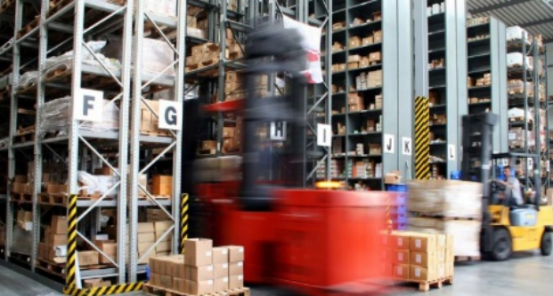
At present, JD Logistics has fully applied self-developed RFID electronic tags in the large-scale supply chain, and provides integrated supply chain services for upstream suppliers, from factory finished product warehouses, supply chain logistics, and front warehouses, to the terminal distribution and reverse service throughout the application of RFID electronic tags.
The landing RFID intelligent warehousing solution helps improve the stability of the supply chain.
Not only that, JD Logistics fully explores the application scenarios of RFID, creates a richer, more practical, and newly upgraded intelligent brain, that is, the large-scale WMS system, and gives full play to the application advantages of this technology in the field of warehousing through self-developed algorithm engine and engineering.
Supply chain management depends on inventory information, tracking of transported goods, and demand forecasts for end users. Each step of these processes involves the collection of data from the operator, and RFID integration removes inaccuracies in the process and provides accurate information in real time to respond to any changes in the process.
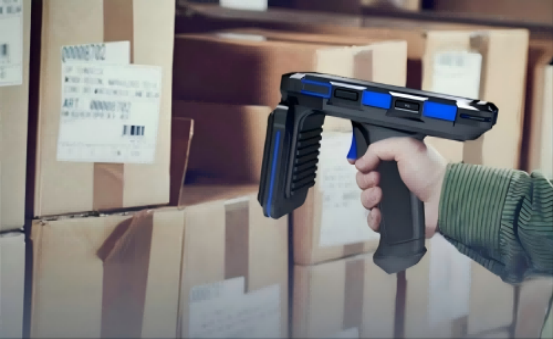
For JD Logistics, the light and dark codes of RFID can effectively prevent tampering, identify the authenticity of goods, automatically track the characteristics of transportation routes, and also escort the safety of goods. At the same time, there are many warehousing procedures for large commodities and low warehousing efficiency, and the efficiency of goods out of the warehouse and warehousing can be significantly improved through RFID electronic tag identification. In terms of after-sales reverse logistics and spare parts warehouse management, RFID can identify one thing and one code, so as to avoid problems such as the wrong version of returned products and untimely data updates. In addition, the application of RFID can also automatically obtain data, automatically sort and process, reduce the cost of pickup and delivery, and improve the refined operation level of the overall warehousing. For partners, RFID can also effectively reduce the turnover rate of commodity inventory, reduce labor costs, and increase sales.
The implementation of RFID intelligent warehousing solutions provides an opportunity for the supply chain to transform and upgrade. At present, during the Jingdong 618 period, JD Logistics for the first time fully implemented the intelligent warehousing solution with RFID as the core in more than 100 large-scale warehouses across the country, and participated in the supply chain stability guarantee of the 618 promotion. Subsequently, JD Logistics Technology will also open up its own capabilities to provide partners with more digital and intelligent supply chain solutions, help enterprises refine their operations, and achieve cost reduction, efficiency increase and digital upgrading.
Note: This article is transferred from: JD Logistics. If there is any infringement, please contact us to modify or delete it in a timely manner. E-mail: sales@speedingiot.com
------------------------------ -----------------------------
-----------------------------
-
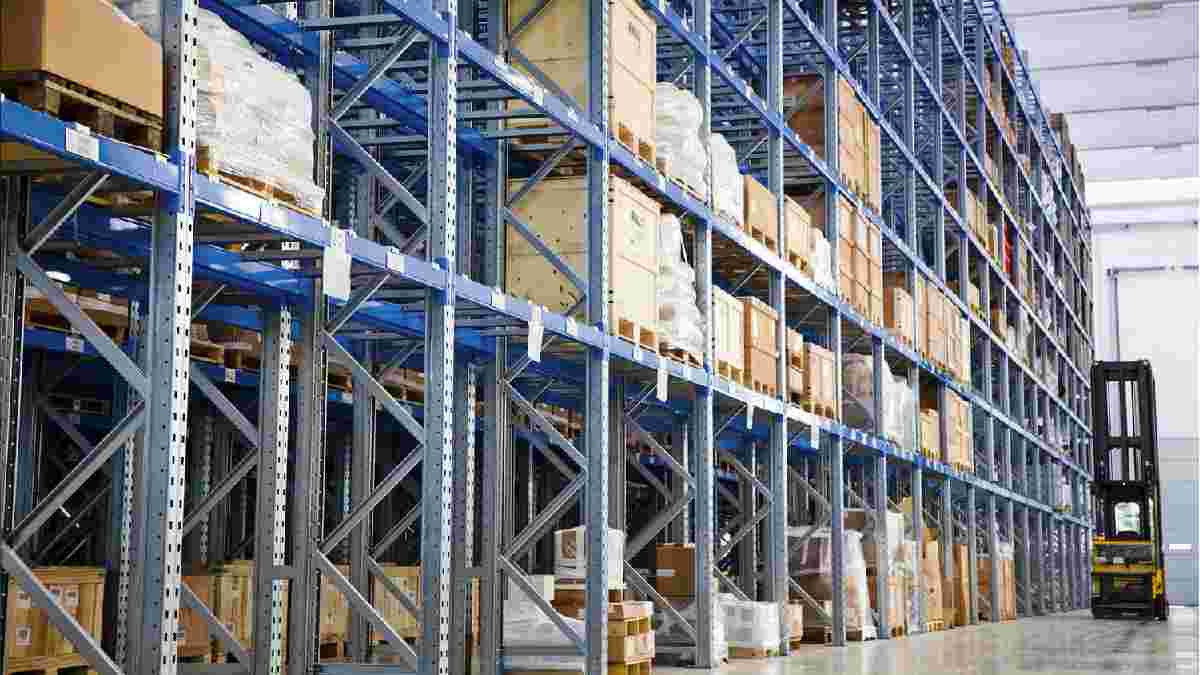 RFID power material in and out of the warehouse management efficient operationRFID helps the efficient operation of material inbound and outbound managementIn today's competitive business environment, there are many complex challenges to managing operations. Among them, materia
RFID power material in and out of the warehouse management efficient operationRFID helps the efficient operation of material inbound and outbound managementIn today's competitive business environment, there are many complex challenges to managing operations. Among them, materia -
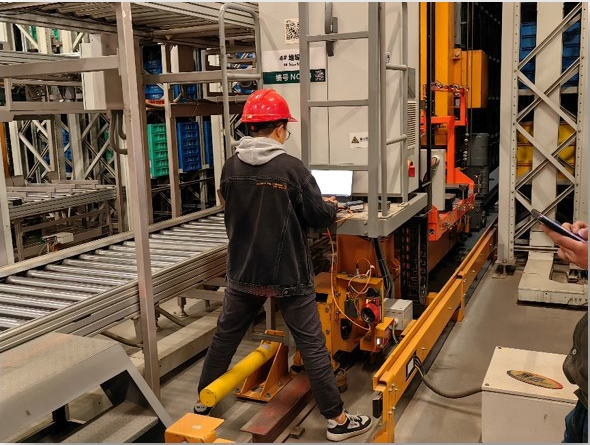 LoRa sensor on-line monitoring makes library safe production saferThe online monitoring of LoRa+ sensors makes the safe production of the warehouse saferThe guardian of the safety of large vertical shelvesIn the modern logistics and warehousing industry, the safety
LoRa sensor on-line monitoring makes library safe production saferThe online monitoring of LoRa+ sensors makes the safe production of the warehouse saferThe guardian of the safety of large vertical shelvesIn the modern logistics and warehousing industry, the safety -
 RFID Technology Opens a New Era of Tools ManagementRFID technology opens a new era of tool management In the operation of modern enterprises, tools and tools are an important foundation for production and maintenance, and their management level dir
RFID Technology Opens a New Era of Tools ManagementRFID technology opens a new era of tool management In the operation of modern enterprises, tools and tools are an important foundation for production and maintenance, and their management level dir -
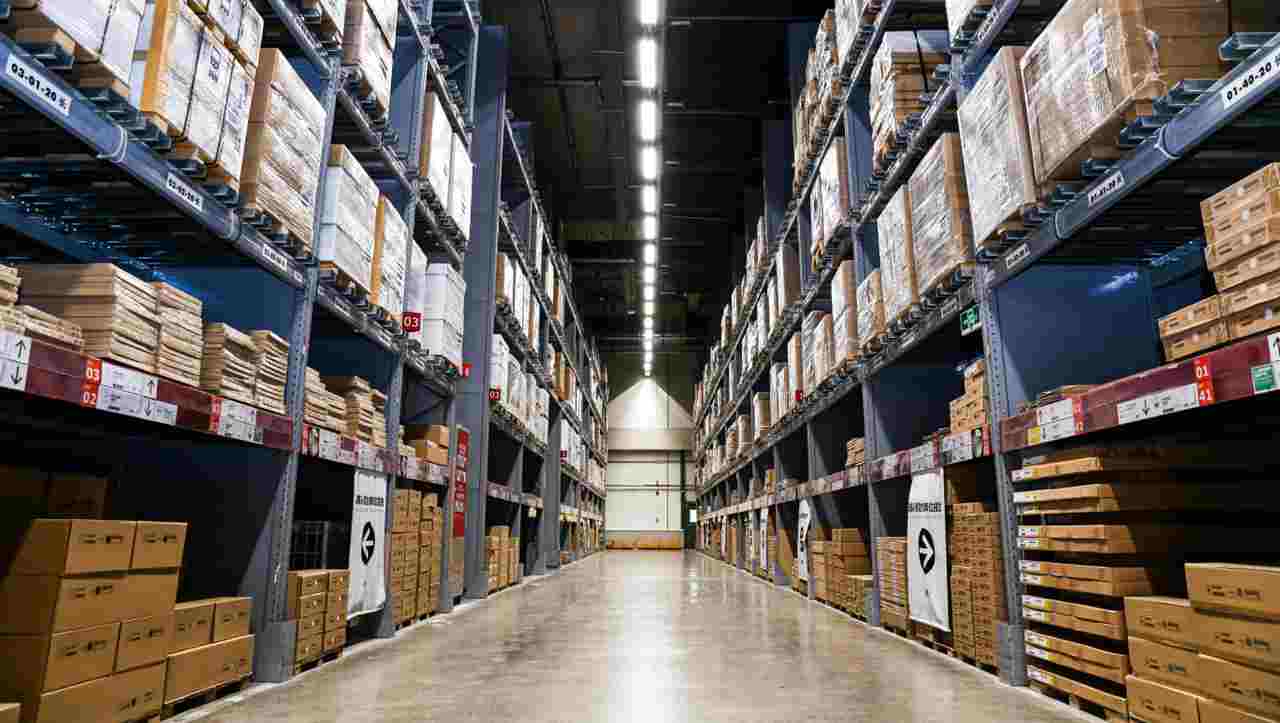 Introduction to the Application of RFID Enabling Tobacco Industry in Various FieldsRFID empowers the application of various fields in the tobacco industryIn accordance with the idea of lean management, make full use of the technology of "digitalization, automation, informatization a
Introduction to the Application of RFID Enabling Tobacco Industry in Various FieldsRFID empowers the application of various fields in the tobacco industryIn accordance with the idea of lean management, make full use of the technology of "digitalization, automation, informatization a










